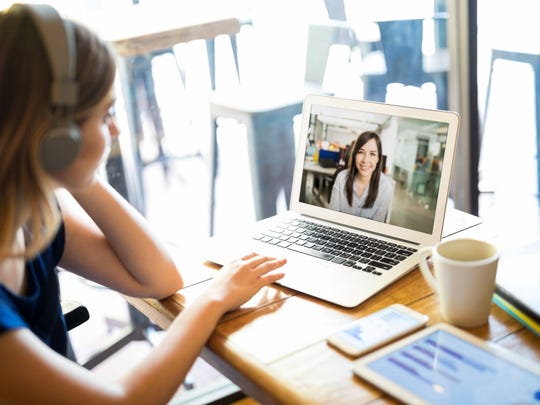
photo: Getty Images
We are in a time of rapid education reform. Australian schools have in recent weeks been planning for and beginning to enact distance learning. I reflected on Tuesday after Day 1 of my school’s move to distance learning, and over the last few days I’ve reflected further as I’ve led, taught and listened to the responses of students, teachers and parents from across the school.
Below are my Week 1 takeaways.
Less is more
This week, our teachers have been working incredibly hard. They have been putting in extremely long hours to make this ‘pivot’ work. They have been preparing content and front loading teaching before the school day begins, as our Distance Learning Plan notes that the day’s work needs to be to students by 8.30am on the morning of a particular lesson, so students can plan their work for the day. Teachers are responding to individual emails, messages and requests from students and parents. What they have achieved individually and collectively is nothing less than extraordinary, and the gratitude from the school community for their hard work has been resounding. However, teacher workload in a distance learning model is an issue we need to consider. ‘Less’ is better for teachers.
Students have been engaging positively and openly with the distance learning model, but some have felt inundated with communication and set work over these first days. The pace of learning from home can be slower than learning that happens at school, the delivery different, and the need for disciplined student work habits greater. Some students have been feeling overwhelmed. ‘Less’ is better for students.
As we continue to evolve in our distance learning provision, we need to think carefully about the desired learning outcomes, what is really important, and what is possible and desirable in the current climate of global crisis. We need to be realistic about the hours teachers have in the school day to provide teaching materials, learning opportunities and feedback; and the ways that learning happens in a home environment, when many students are learning independently and with less support than they have in the school classroom.
One thing we are considering is what a lesson’s worth of work might look like. A lesson at school includes transition time between lessons, roll call and packing up, as well as probably some teacher-directed instruction and some student working time. How might we use this to guide what we provide and expect of students, giving students time between lessons to stand, move, be active, do chores and catch up with each other in non-classroom spaces and ways.
‘Less is more’ will become even more important as teachers increasingly work from home, with all the complexities of family environments.
Let’s make sure that students, parents and teachers are all able to be human beings at this time, not human doings. Teaching material shouldn’t be about keeping students busy, or glued to their screens, but about continuing their education, wellbeing and connectedness in these uncertain circumstances.
Testing and tracking
Similarly, we need to consider the purpose of assessment and feedback, and how these can best work in a distance learning environment. We can think about this from the point of view of what is possible for teachers to enact, and what is useful for student learning.
How might we use our professional judgement to rethink, redesign or reschedule assessments? How might we use technologies to give meaningful feedback? Video conferencing, OneNote, and online rubrics through platforms such as Schoolbox and SEQTA, are some tools that teachers can use to provide online, continuous feedback.
At my school, we are not taking lesson-by-lesson attendance, but we are tracking student engagement in learning by asking students to ‘like’ posts in Teams, seeing who joins class or small group video meetings, student work in OneNote class notebooks, and checking in on students who don’t appear to be engaging.
Humanising distance learning
In this time of physical distance, our students and staff are keen for a sense of connectedness. We’re finding that video and audio are humanising distance learning for our students. This includes live video and audio meetings with groups of students, pre-recorded screen casts, and PowerPoints with audio or video.
Seeing teachers’ and peers’ faces and hearing their voices can help to bridge the isolation we all feel, and bring some of the connectivity and relationality missing when we are teaching and learning remotely.


